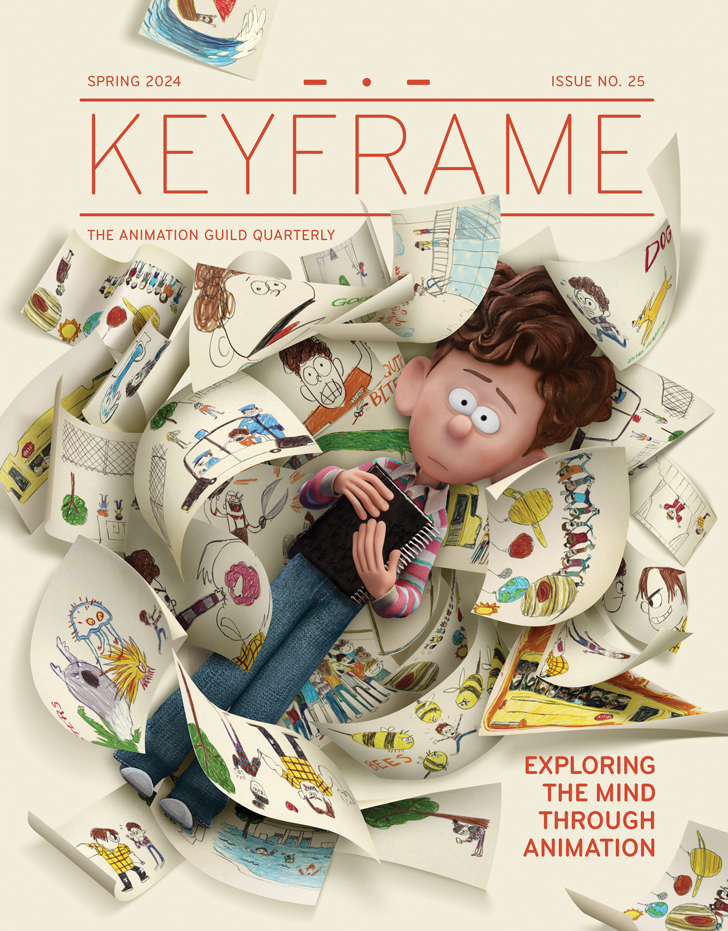When Philippe Le Brun was offered a job as Animation Supervisor on Kung Fu Panda, he accepted because he already knew and liked many of the people on the team. But he confesses that when he heard first the title of the project, he was a little hesitant. He had no idea if the movie would be any good, and he also knew it was going to be a steep learning curve because he didn’t have a background in martial arts.
In his previous animation work, Le Brun had mostly focused on emotional shots. Now he’d create action sequences that would also have to be slapstick and fun. He spent a lot of time watching tutorials, as well as reading and learning as much as he could about martial arts. Even though Kung Fu Panda was an animated comedy, he says they wanted to be respectful of a tradition that is more than 2000 years old.
Despite his initial uncertainty, Le Brun says, “When we saw the first screening, we knew it was something special … clearly an homage to the ‘70s, Hong Kong, martial art movies.” Cut to 16 years later, and he has worked on all four films in the Kung Fu Panda franchise.
When asked the biggest challenge, Le Brun notes the difficulty of choreographing action. When protagonist and antagonist meet each other and fight, “it’s always a relationship,” he explains, and there’s a story to be told in those sequences. “Depending on the situation, depending on the moment, it could be humorous, or it could be dramatic. It could even be a love story between the two.” So how do you convey and control those dynamics in the movement and keep the sequences entertaining? “Choreography is like a dance… in which you’re communicating emotion, and all the moves have to be in concert with the camera,” he says.

After doing three movies in a franchise, boredom could have set in. Fortunately, Le Brun found ways to keep things fresh. When certain sequences needed more kung fu action to ensure the movie stayed true to its title, rather than use software, he reverted to old-school hand drawing. It turned out using that by using roughly sketched 2D thumbnails, he could more easily experiment with choreography before the 3d models were created.
This was especially useful with the newest villain in Kung Fu Panda 4. The Chameleon regularly shape-shifts into other characters—a challenge that Le Brun loved tackling. The Chameleon’s transformations were complex with her body and limbs transforming as she morphed from one creature to the next while she was in motion. Working out these moves was difficult and time consuming, says Le Brun, as it involved a constant back-and-forth with the rough layout artists, but he wishes he could have experimented even more, calling the process “super fun.”
While the animation software improved tremendously between the first and fourth movies, Le Brun says: “It was kind of funny, because [I was] almost going backwards.” But it was the opportunity to lean into hand drawing that kept the work fresh for him. And in the age of AI and fast-evolving technology, it also proved that sometimes the classic methods can still surprise by providing the simplest, quickest solutions.








.png)